AARP Hearing Center


It can happen seemingly overnight: Your once-active loved one gets sidelined with an injury, illness or surgical recovery, and suddenly just getting out of bed becomes a major challenge. Hospital stays can feel particularly demoralizing for that neighbor who was a Zumba devotee or that uncle who led his block’s power-walking club.
“You lose about 1 percent of your muscle mass for each day you’re in the hospital,” says Andrew J. Bach, a doctor of osteopathic medicine and a physical medicine and rehabilitation specialist in the Nonoperative Spine Program at Cedars-Sinai Spine Center.
As challenging as a physical setback can be, there are exercises nearly anyone can do from bed with the support of a caregiver (and, first and foremost, the green light from your medical team, which you should always seek before starting a new exercise plan). “You can do a whole exercise routine just lying in bed,” says Michelle Hudson, a physical therapist at Cleveland Clinic Neurological Institute.
The length of time you spend exercising matters less than you may think. “Even 10-minute bouts of exercise can lead to meaningful change and improvement,” says Ashleigh McAdam, a physical therapist and geriatric clinical specialist at New York’s Hospital for Special Surgery. “Doing something is better than doing nothing.”
Caregivers can play a role by helping a loved one get into a comfortable position, keeping track of how many sets they’ve completed, or simply reminding and encouraging them to get moving. “Caregivers are so important in this process, whether it be for emotional or motivational support,” says Melissa Burns, a physical therapist and geriatric clinical specialist at Good Shepherd/Penn Partners, the official therapy provider for the Hospital of the University of Pennsylvania. “And when it comes to loved ones with memory impairment, [keeping track of whether someone did an exercise] and how many times they did it is so meaningful.”
Here, experts share their go-to bed workouts. Have the patient try to do each exercise five to 10 times, for two or three sets. As Hudson says, “If it feels easy, do more. If it feels challenging, do less.”
And remember, as Bach says: “You’ve got to start somewhere, and even the smallest amount of bed-level exercises can be helpful.”
The ankle pump

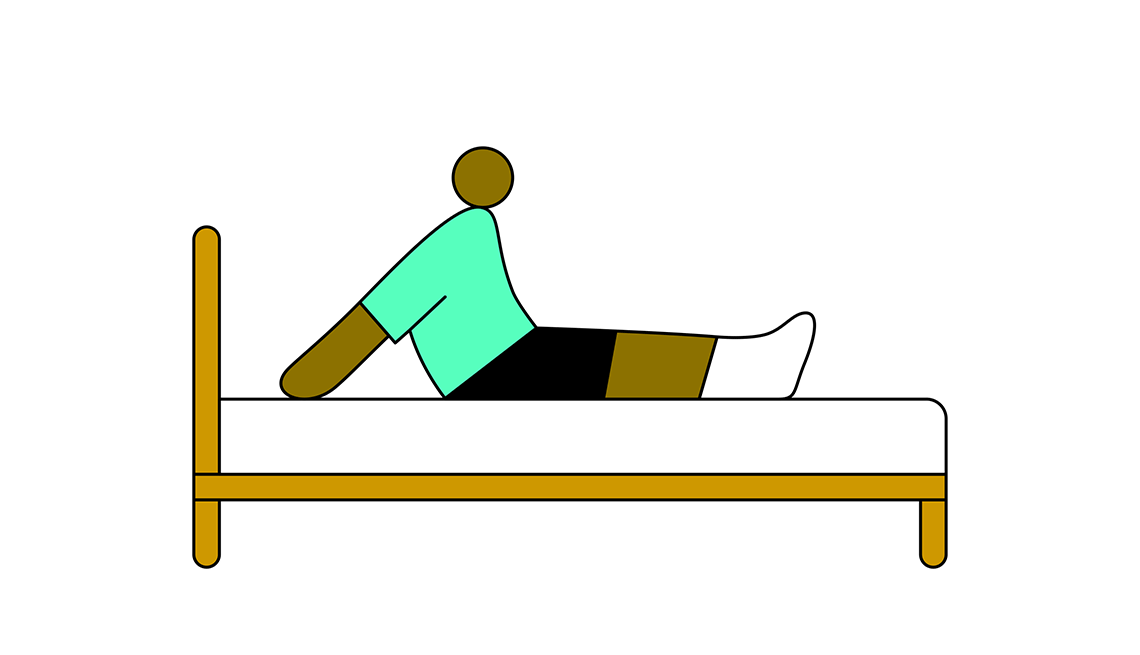
“The first thing I start with is a simple ankle pump, just moving your toes up and down, like you’re easing on and off the gas pedal,” Hudson says. You can lose a lot of range of motion in your ankles while in bed, Burns says. “When you lie in bed, gravity kind of brings your toes downward, so if you’re not actively bringing them up and down, you can get what we call contractures, or a loss of range of motion in that ankle joint. You don’t notice you’re losing it — and you need that range of motion to stand or walk.” Bonus: Getting the blood flowing in this way can help you avoid blood clots, McAdam says.



























































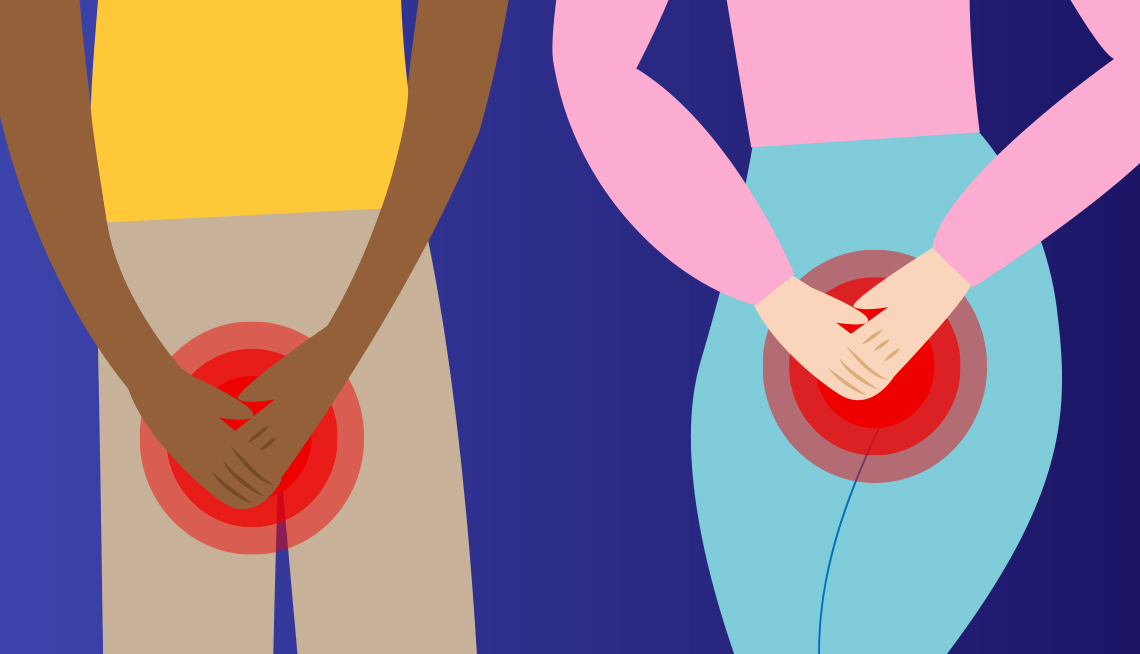
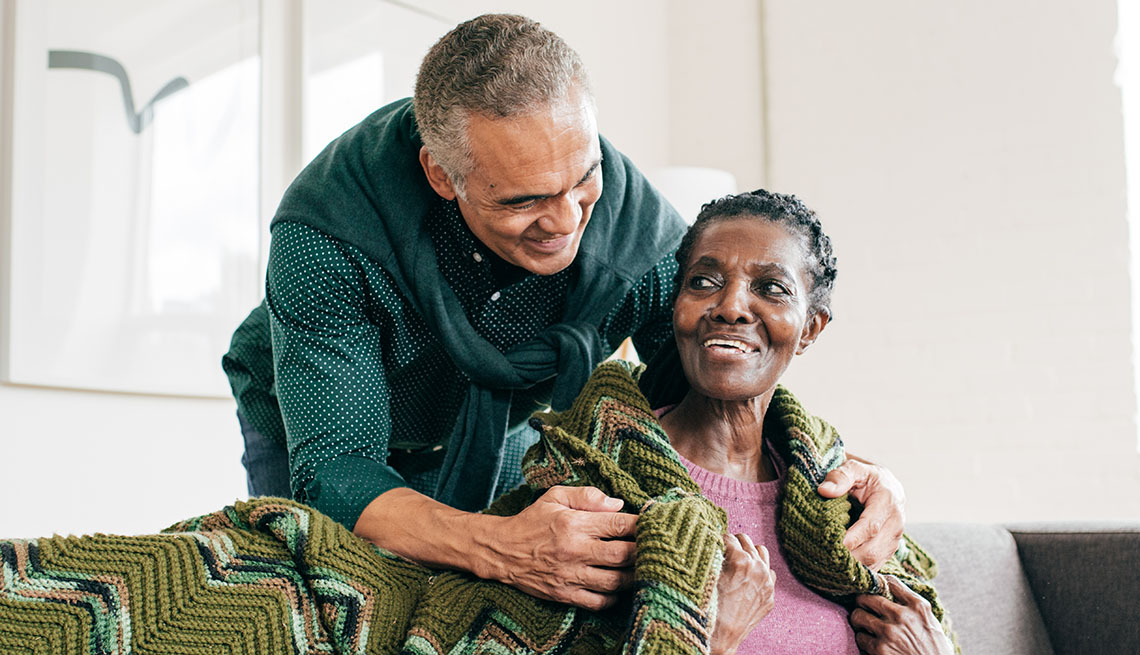

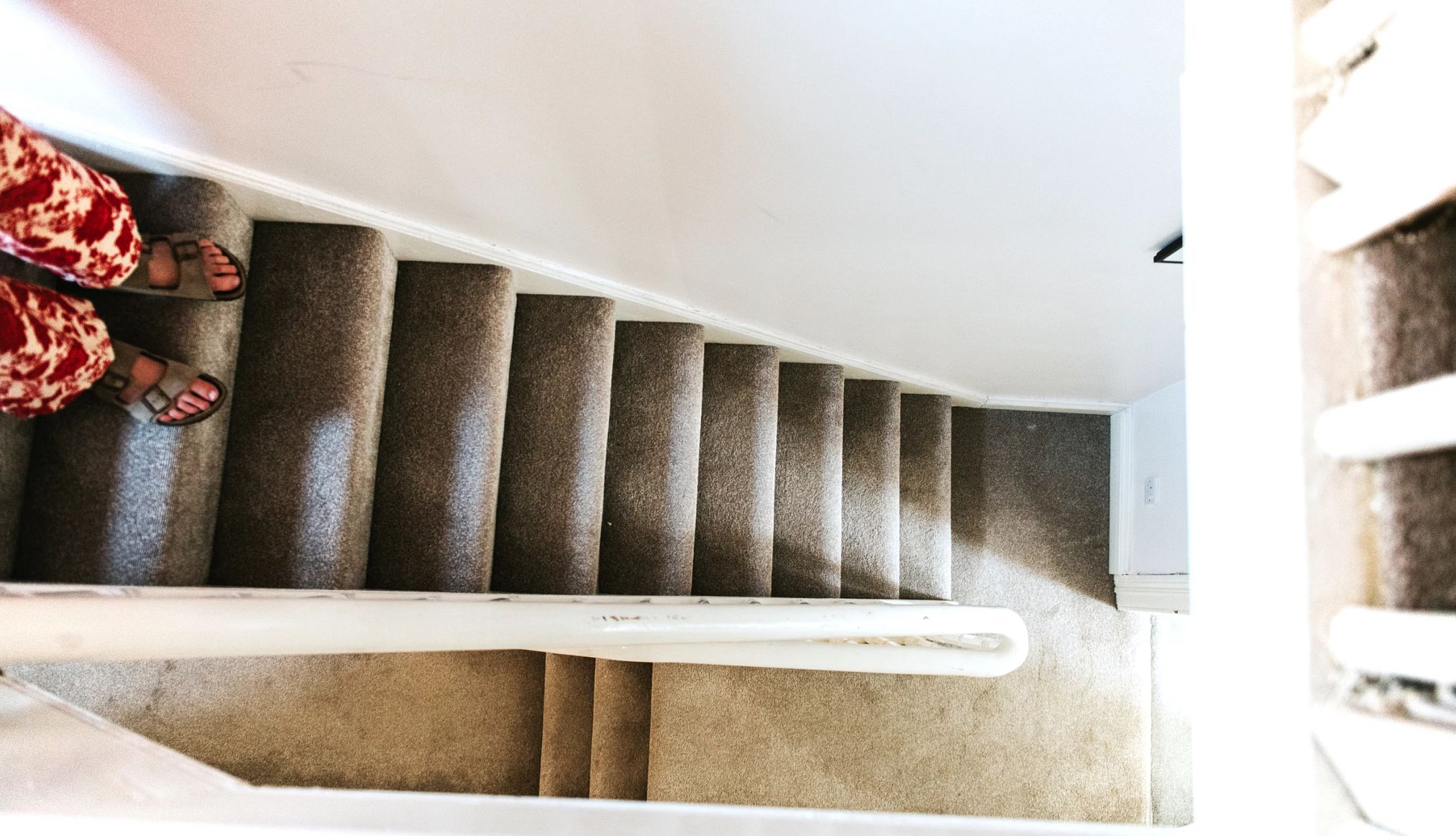
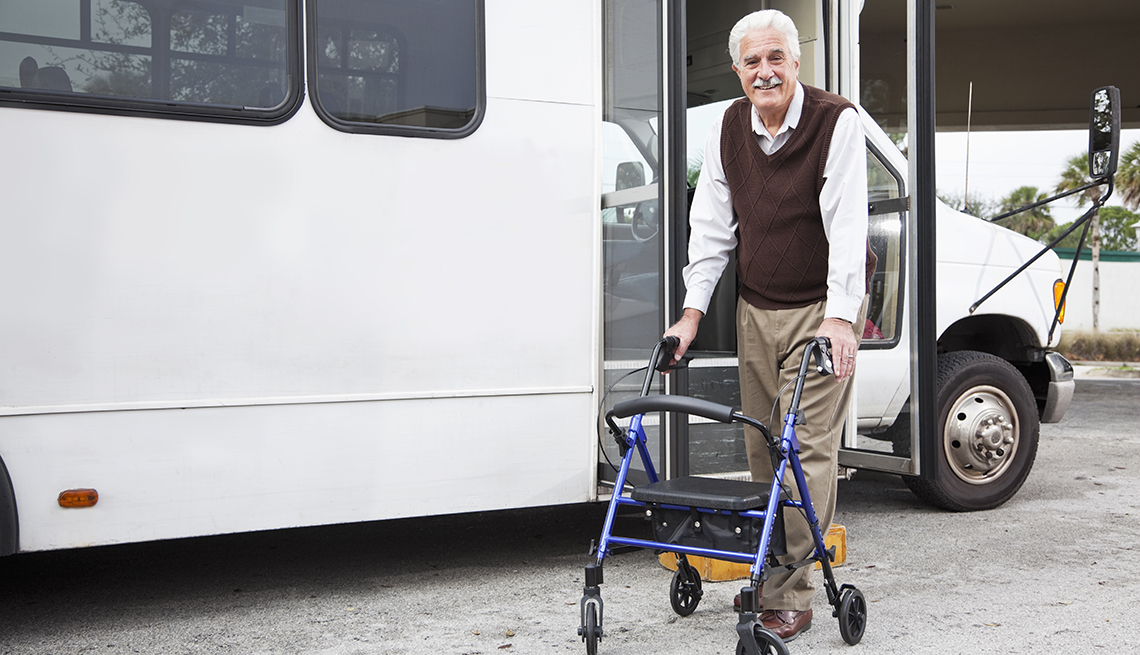
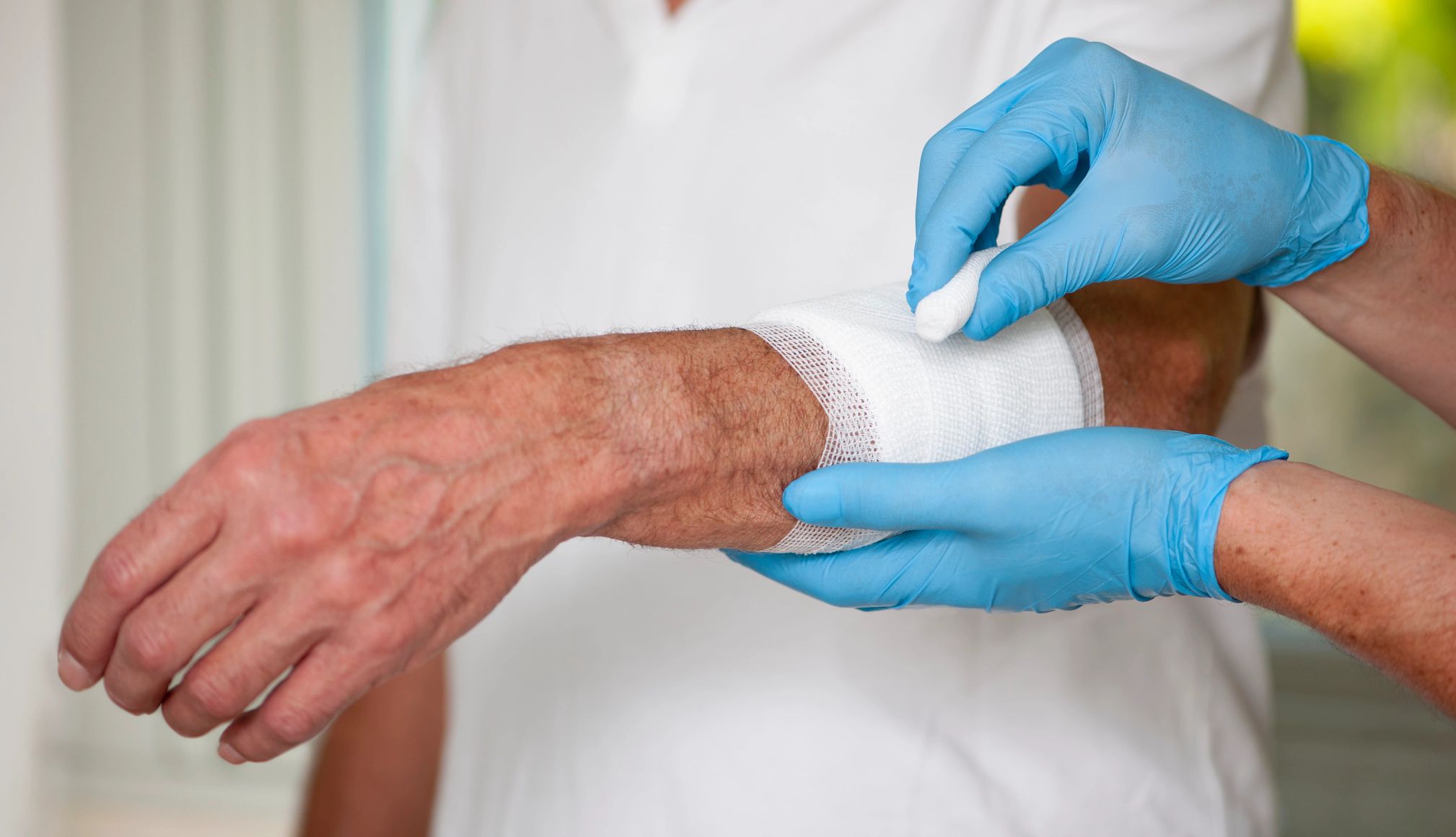

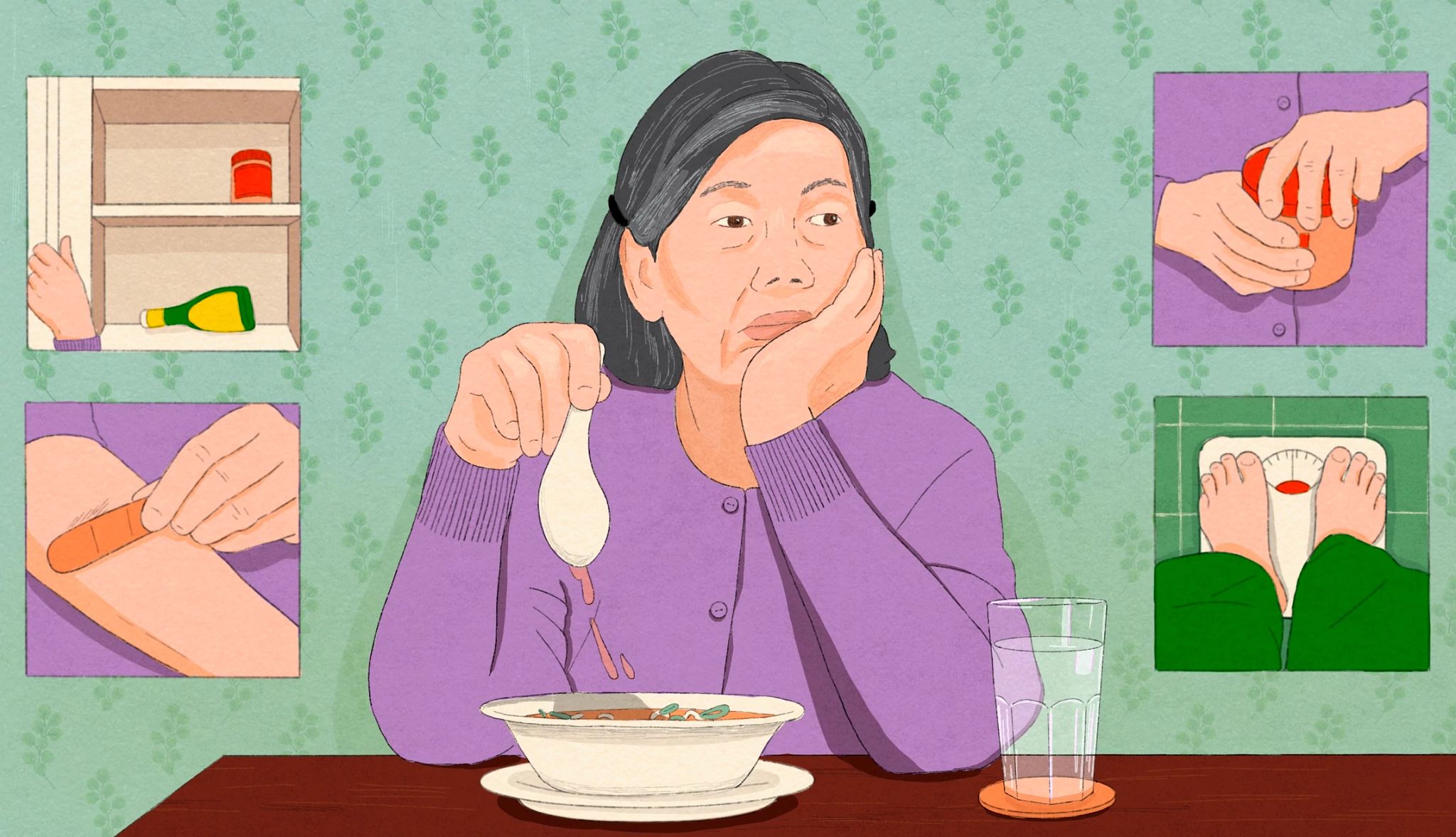





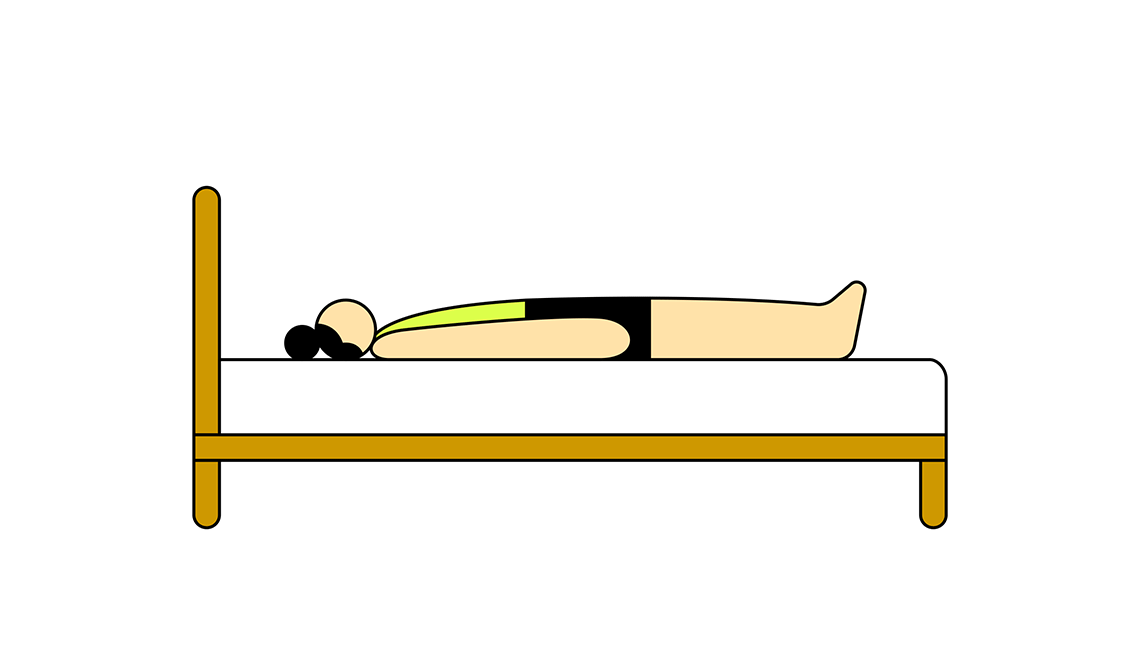
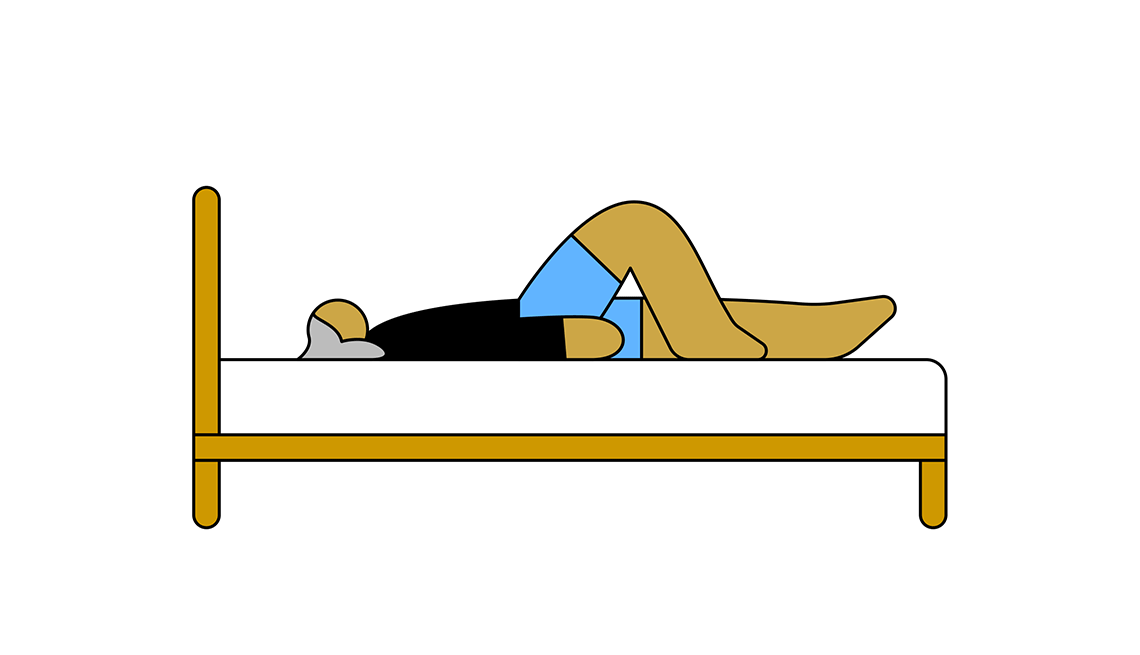

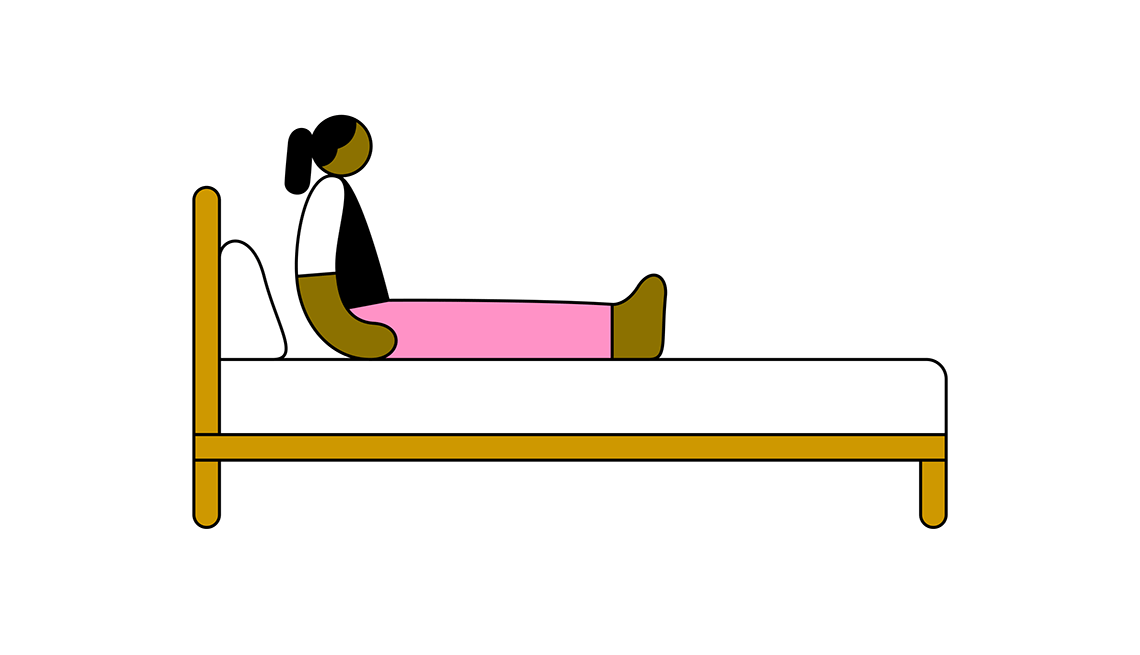





More From AARP
Cancer Care Packages That Are Fabulous and Functional
Curated boxes offer patients and caregivers gifts they’ll actually useHow to Manage Chronic Pain
New treatments, including nondrug and nonsurgical options, may help you live more comfortably
How I Helped My Mother Transition From Hospital Care to Rehab
Be prepared to deal with unexpected challenges